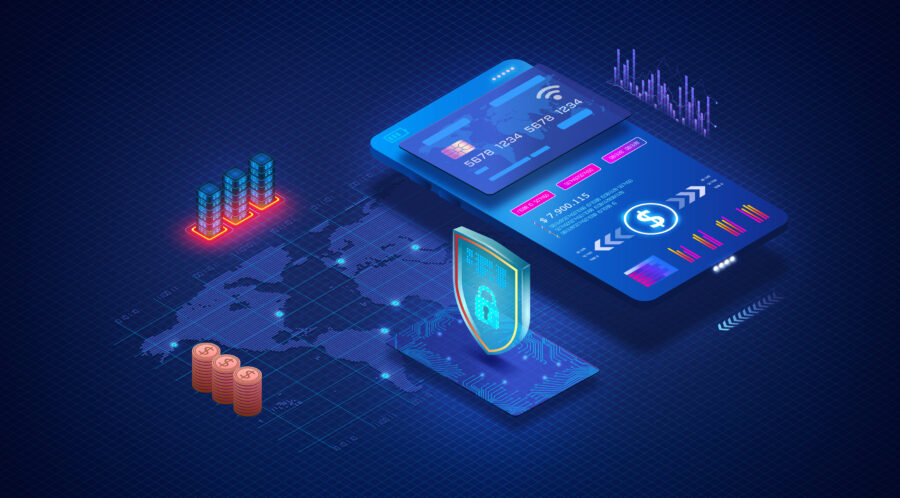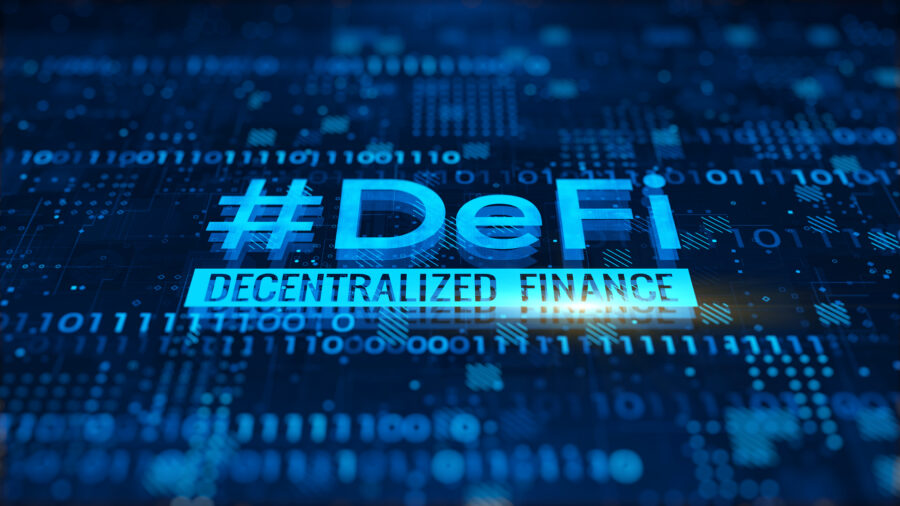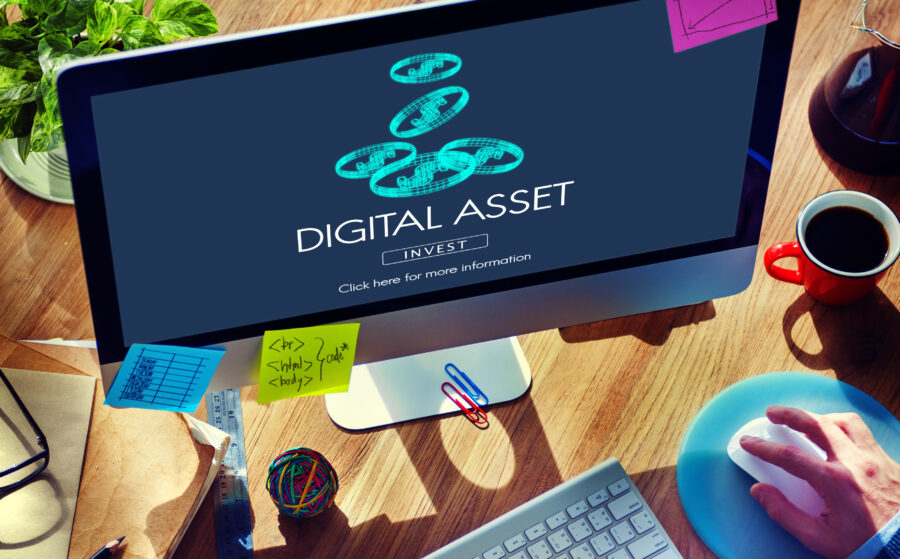
Positioning opportunities for banks in the context of digital assets – A market observation
At the beginning of January 2024, the Security and Exchange Commission (SEC) in New York approved the first Bitcoin spot ETFs for trading and distribution in the USA. The approval of ETFs in the US further contributes to the availability of digital assets on the broader investor market. Financial institutions can therefore increasingly assume that the demand for digital assets will change. How have banks in Switzerland positioned themselves in the context of digital assets and what are the advantages and disadvantages of each positioning? Based on observations and interactions in the Swiss market, these are categorized in this blog post.
Continue reading »







